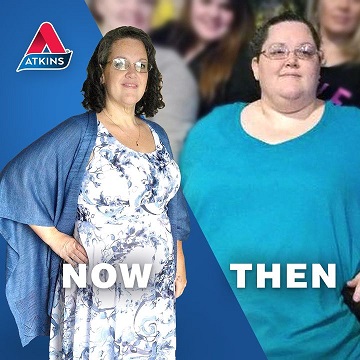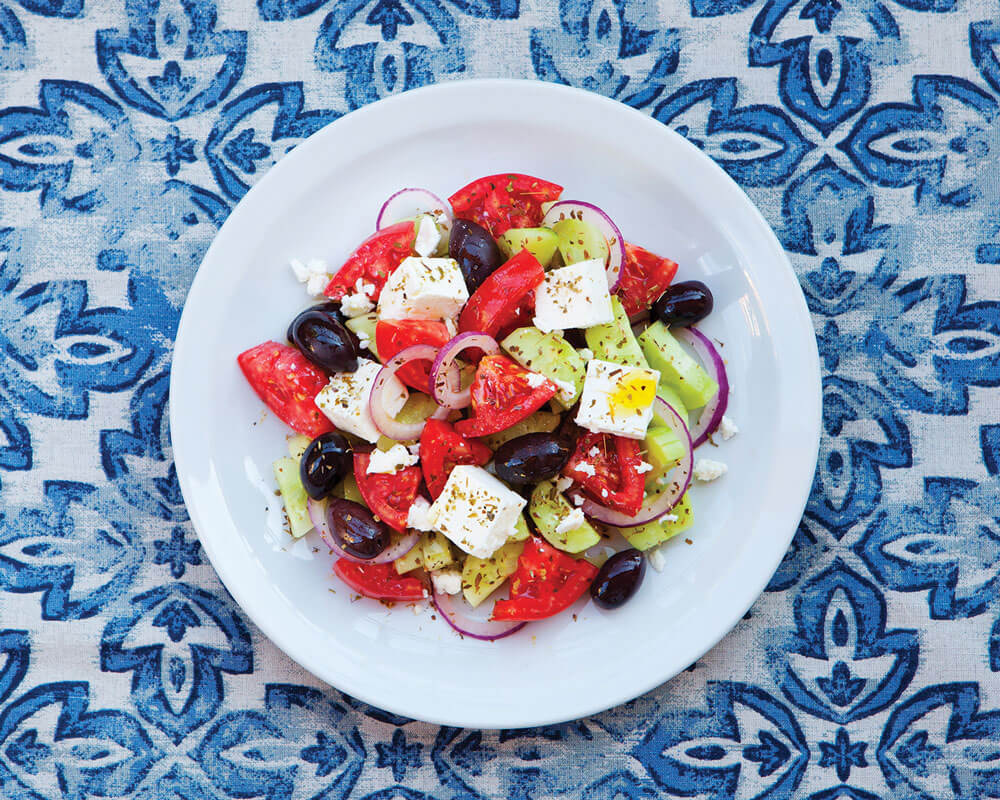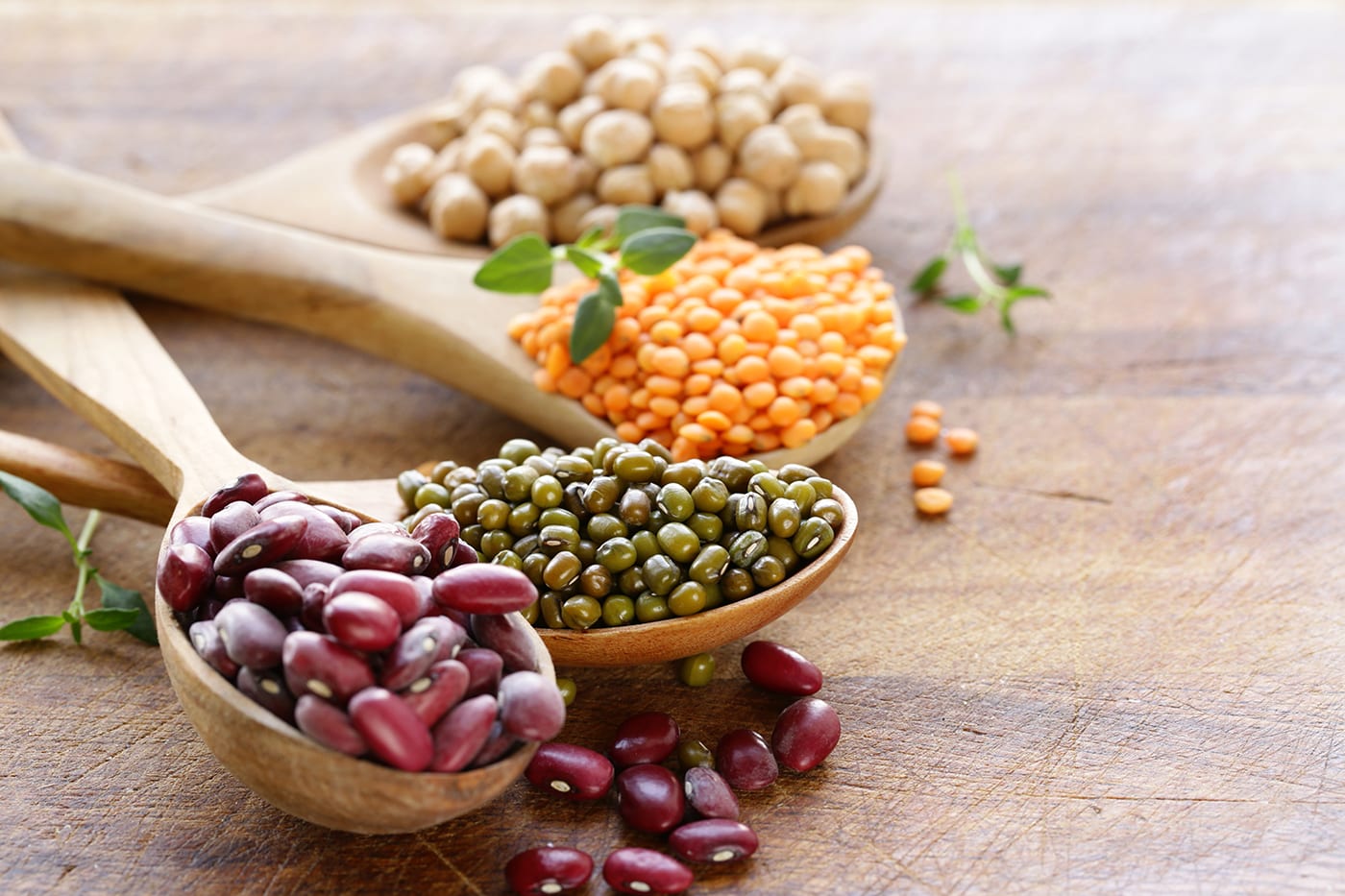
Vegan desserts will satisfy your sweet-tooth without the guilt. You can make tasty vegan treats to share with your family. From cookies to cakes and ice cream, there are lots of ways to enjoy the sweet treats you love while staying true to your plant-based lifestyle!
Easy Vegan Dessert
In the past, butter and dairy products were used heavily in desserts. With a few simple ingredient substitutions, you can transform your favorite desserts into vegan delights. You can, for instance, substitute the eggs in brownies and cakes with flax or Chia eggs, or use butter alternatives like almond butter or coconut oil. You can also repurpose plant-based foods like mashed bananas and apple sauce to create decadent vegan recipes that are both healthy and satisfying.
Sweet Vegan Recipes
If you love chocolate, then you will want to try this rich vegan brownie recipe made with cocoa powder, almond butter, and mashed bananas. This no-bake dessert is great for a fast treat or to serve as part of dinner. If you're looking for a lighter option, you can try these moist and flavorful carrot cake bars instead!
Pies and Tarts
A classic fruit tart is a delicious treat. And with a simple, homemade crust you can whip up, it's no wonder this is one of our favorite vegan desserts! These luscious lemon meringue pies are made with a buttery pastry base and topped with zesty lemon curd and fluffy vegan meringue.

These easy vegan pie recipes will impress your friends and family during picnics, potlucks, or parties. These vegan pies are made with only a few simple ingredients, and they can be prepared in advance for a delicious dessert without stress!
Simple Vegan Cookie Recipes
Cookies are the perfect way to get in your daily protein and fiber. As long as you use all-purpose wheat flour and a sweetener that is neutral, it's easy to make them vegan.
If you want a cookie that is good, it should be cake-like and soft. You may have overstirred the egg white if they are crumbly. To ensure your cookies are soft and fluffy, add a bit of baking powder or sodium bicarbonate.
You can also substitute the milk with a non-dairy product of your choice, such a soy or an almond milk. Your vegan cookie will have a more delicate flavor and texture that will appeal all your guests.
Banana Bread can be made in a few minutes and is a great dessert. With a touch of tahini and oat milk, this vegan cake is not only healthy but delicious too!

This vegan lemon curd, which is creamy and tangy can be prepared ahead of time and used in a variety of different recipes. It is a great addition to a sweet or savory vegan dish like this veggie lasagna.
Caramel is a staple in just about any dessert and can be paired with a variety of flavors, including these vegan salted caramel cupcakes. You can pour it over a cookie, drizzle it on a cupcake or even add it to hot cocoa!
FAQ
Exercise: Is it good or bad for immunity?
Exercise is good to your immune system. When you exercise, your body produces white blood cells which fight off infections. You also eliminate toxins. Exercise can help prevent heart disease and cancer. It can also lower stress levels.
Exercising too often can cause your immune system to be weaker. Exercising too hard can make your muscles sore. This can cause inflammation and swelling. To fight infection, your body will produce more antibodies. The problem is that these extra antibodies can cause allergies and autoimmune disorders.
So, don't overdo it!
What is the ideal weight for my height? BMI chart & calculator
Calculating your body mass index (BMI), is the best method to calculate how much weight to lose. The healthy BMI range for a healthy person is 18.5 to 24.9. To lose weight, you should aim for a loss of 10 pounds per year. Enter your height and weight to calculate your BMI.
Check out this BMI chart to determine if you are overweight or obese.
What is the difference of a virus from a bacteria?
A virus, a microscopic organism that can not reproduce outside of its host cells, is called a virus. A bacterium, a single-celled organism, reproduces by splitting into two. Viruses measure only 20 nanometers in diameter, but bacteria is up to 1 millimeter in size.
Viruses can be spread by contact with bodily fluids containing infected substances, such as saliva, urine and semen. Bacteria can be spread by direct contact with infected objects and surfaces.
Viruses can get into our bodies through cuts and scrapes on the skin, bites or other injuries. They can also enter the body through the nose and mouth, eyes, ears or rectum.
Bacteria may enter our bodies through cuts and scrapes on our skin, burns, insect bites, and other wounds. They may also come into our bodies through food, water, air, soil, dust, or animals.
Both bacteria and viruses cause illness. Viruses cannot multiply in their host cells. Viral infections can only cause diseases in living cells.
Bacteria can spread within the host and cause illness. They can also invade other parts of your body. To kill them, we must use antibiotics.
Do I need to count calories
You might be asking "What is the best diet?" or "is counting calories necessary?" The answer is dependent on many factors like your current state of health, your personal goals, how you prefer to eat, and your overall lifestyle.
The Best Diet for me - Which One Is Right for You?
My current health, my personal goals and lifestyle will determine the best diet for me. There are many diets out there, some good and some bad. Some work well for certain people while others don't. What can I do to make the right choice? What can I do to make the right decision?
These are the main questions addressed by this article. It starts with a brief introduction of the different types of diets available today. Next, we'll discuss the pros and cons for each type of diet. We'll then discuss how to choose which one is best for you.
Let's first take a look at different diets.
Diet Types
There are three main types of diets: low fat, high protein, and ketogenic. Let's discuss them briefly below.
Low Fat Diets
A low-fat diet restricts fat intake. This is accomplished by decreasing the intake of saturated fats like butter, cream cheese, and other dairy products. They should be replaced by unsaturated oil (olive oils, avocados, etc.). For those looking to lose weight quickly, a low fat diet is often recommended. However, constipation, stomach pain, and heartburn can all be caused by this type of diet. It can also lead to vitamin deficiencies, if someone doesn't get enough vitamins in their food.
High Protein Diets
High protein diets are known to restrict carbohydrate intake and promote the consumption of protein. These diets have higher protein levels than other diets. They are meant to help build muscle mass and burn more calories. One problem is that they may not provide adequate nutrition to someone who needs it. They may also be too restrictive and not suitable for everyone.
Ketogenic Diets
Ketogenic diets are also known as keto diets. They are high on fat but low in carbs and proteins. They are commonly used by athletes and bodybuilders as they allow them to train harder, longer and without feeling fatigued. However, they must be used with caution to avoid nausea, headaches and fatigue.
What are 10 healthy behaviors?
-
Get breakfast every morning.
-
Don't skip meals.
-
Be balanced.
-
Get lots of water.
-
Take care of your body.
-
Get enough sleep.
-
Avoid junk foods.
-
Get at least one form of exercise each day.
-
Have fun
-
Find new friends
Statistics
- nutrients.[17]X Research sourceWhole grains to try include: 100% whole wheat pasta and bread, brown rice, whole grain oats, farro, millet, quinoa, and barley. (wikihow.com)
- This article received 11 testimonials and 86% of readers who voted found it helpful, earning it our reader-approved status. (wikihow.com)
- WHO recommends reducing saturated fats to less than 10% of total energy intake; reducing trans-fats to less than 1% of total energy intake; and replacing both saturated fats and trans-fats to unsaturated fats. (who.int)
- According to the 2020 Dietary Guidelines for Americans, a balanced diet high in fruits and vegetables, lean protein, low-fat dairy and whole grains is needed for optimal energy. (mayoclinichealthsystem.org)
External Links
How To
How to Keep Your Body Healthy
The main goal of this project was to make some suggestions on how to keep your body healthy. The first step towards maintaining health is to understand what you should do to maintain your health. In order to achieve this we had to find out what exactly is good for our bodies. We then looked at different ways in which people try to improve their health and we found out that there were many things that could help us. Finally, we came up with some tips that would help us stay healthier and happier.
We started off by looking at the different types of food that we eat. We discovered that some foods are not good for us and others are better. We know that sugar causes weight gain, so we are aware of this. However, vegetables and fruits are good for us as they have vitamins and minerals that our bodies need.
Next we considered exercise. Exercise helps our bodies get stronger and gives them energy. It also makes us feel happy. There are many activities that you can do. Walking, running, swimming and dancing are just a few of the many options. Yoga is another way to improve your strength. Yoga is a great workout because it increases flexibility and improves breathing. You should avoid eating junk food and drink lots if you are looking to lose weight.
Last but not least, we discussed sleep. Sleep is one of the most important things that we do every day. We become tired and stressed if we don't get enough rest. This can lead to headaches, back pain and other health problems, such as depression, heart disease, diabetes, heart disease, and obesity. We must get enough sleep if we are to remain healthy.